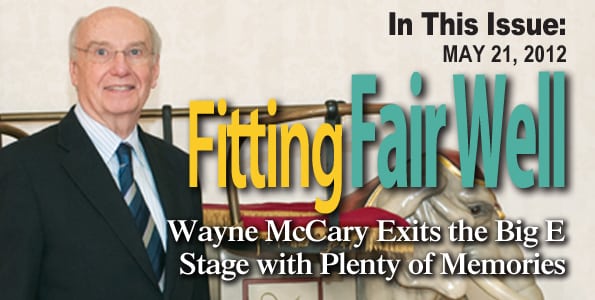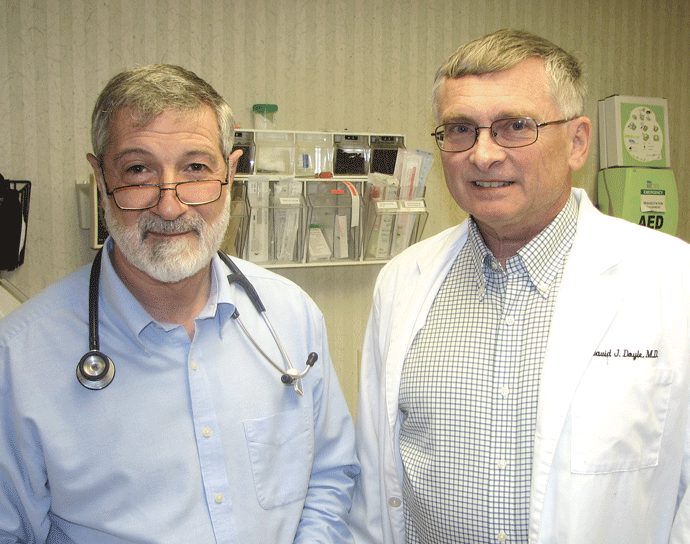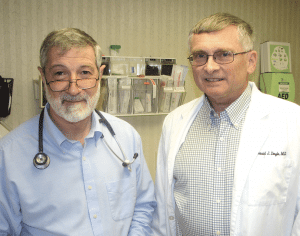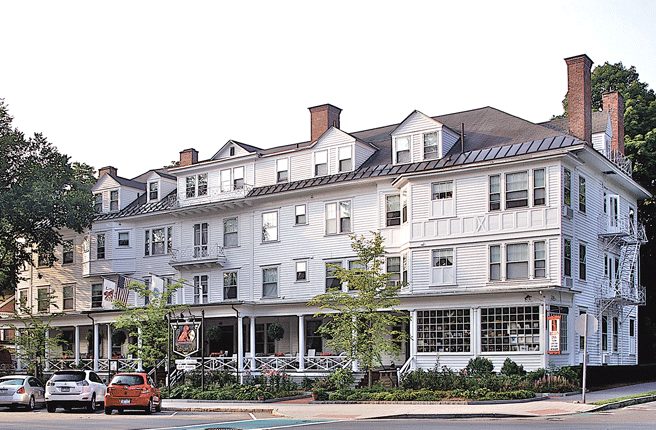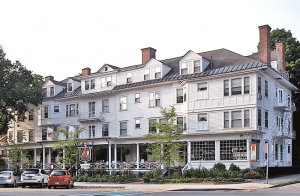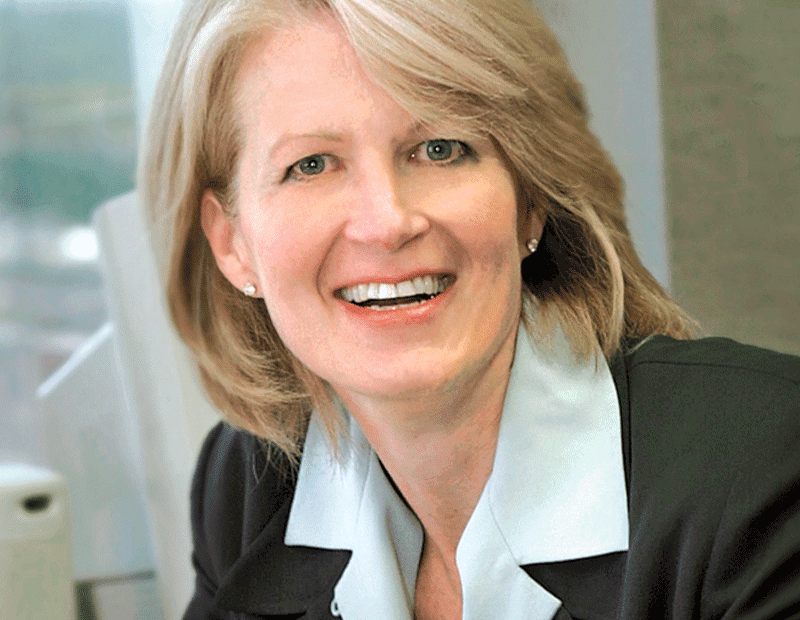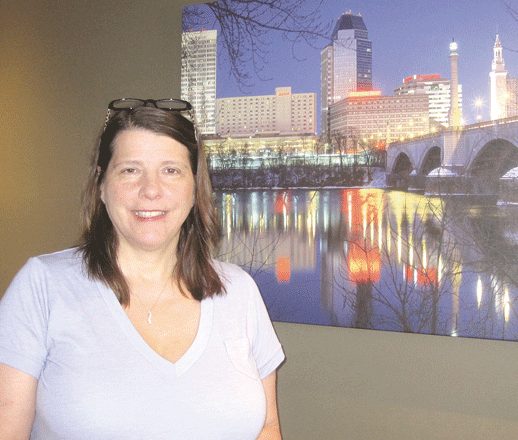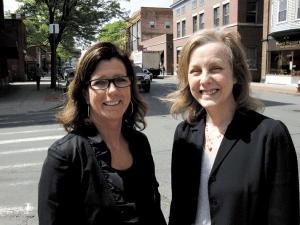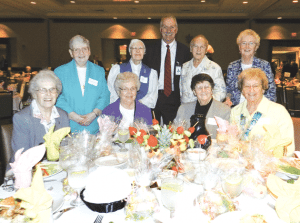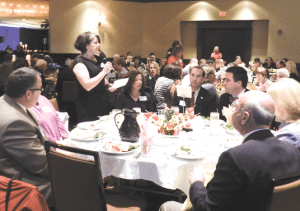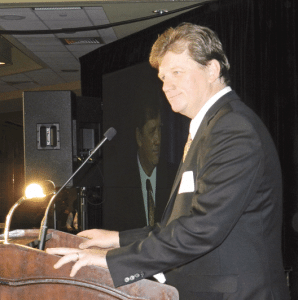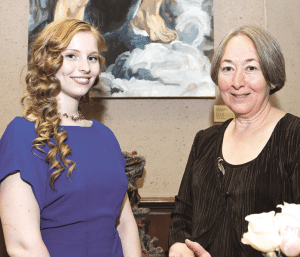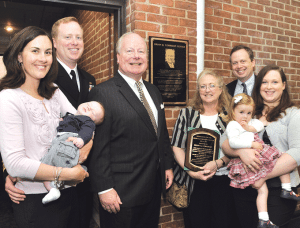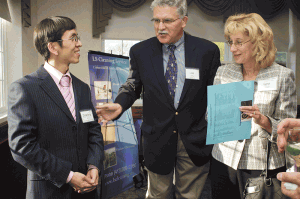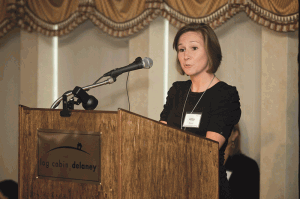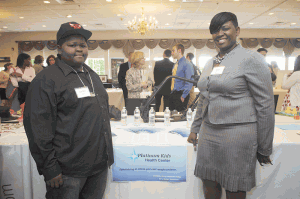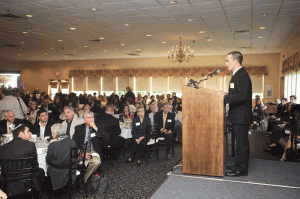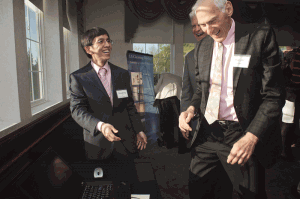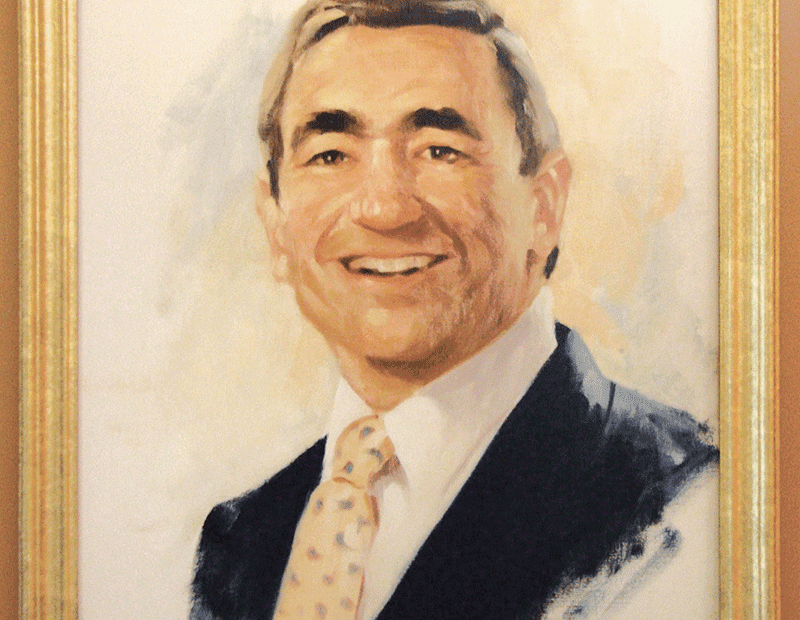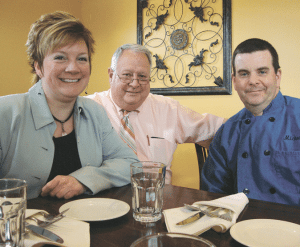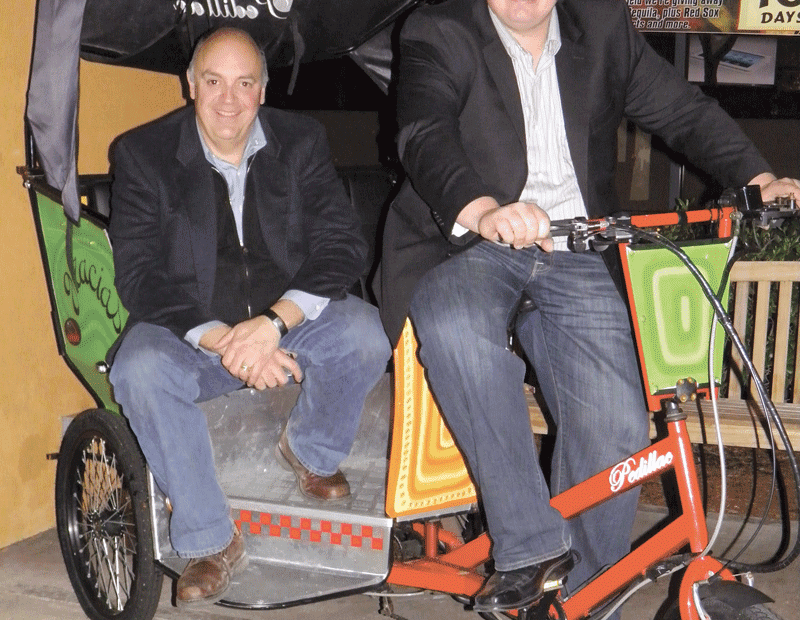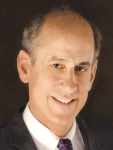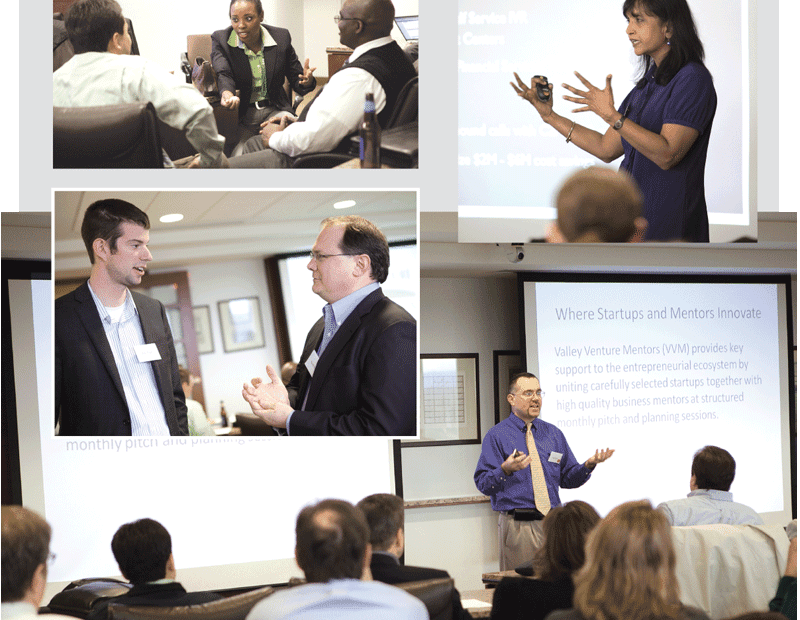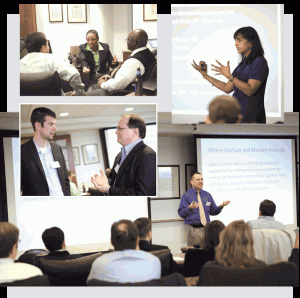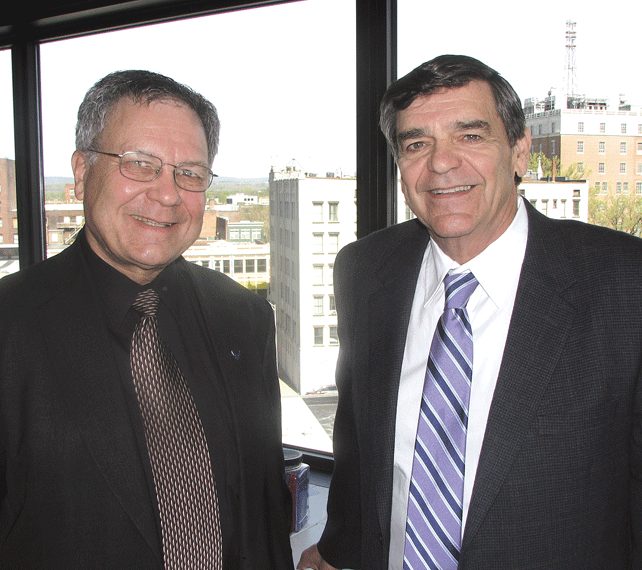Wayne McCary Exits the Big E Stage with Plenty of Memories
 Wayne McCary was asked to speculate on how many visits he might make to the Big E this fall.
Wayne McCary was asked to speculate on how many visits he might make to the Big E this fall.
He offered a slight chuckle and then a wide grin that spoke volumes. “I really don’t know, but I’m sure I’ll get there — I’ll be one of those people eating my way through the fair,” said the Big E’s outgoing president as he thought ahead briefly to what will be his first trip to the West Springfield landmark as a non-employee in more than four decades.
“I certainly don’t want to be a shadow,” he continued, referring to his desire not to even appear to be looking over the shoulder of his successor, Gene Cassidy, who will take over in a month. “However, I’m looking forward to seeing it through the eyes of a spectator, rather than having the 24/7 responsibility of running the show.”
And while he might enjoy not having that burden of responsibility, McCary made it clear that he’s had a lot of fun at the fair in his many capacities over the years. “Every business has its trials and tribulations, and we’ve had plenty, but I’ve enjoyed every day that I’ve ever been here.”
This attitude, if that’s what one chooses to call it, explains a lot about McCary, his lifelong love affair with outdoor entertainment, and especially his passion for the Big E. Indeed, he told BusinessWest (and he’s told just about everyone else) that the very first time he visited it, as a high-school student growing up on the Connecticut shore, he said to himself that he wouldn’t just work there someday — he would like to run the place.
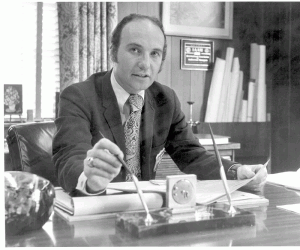
Wayne McCary knew from his first visit to the Big E that this was an institution he wanted to be part of — and someday manage.
And as he reflected on his long tenure with the Big E, McCary used both words and numbers to convey what he considers an economic success story, as well as a career path that met and probably exceeded all his dreams.
With the latter, he tossed out figures like 40 million — the number of people he estimates have passed through the Big E gates for year-round events during his 21 years as president — and also 95%, the number of survey respondents who said they enjoyed the fall fair enough to plan a return trip; $225 million, the amount the Big E contributes to the local economy each year; and 1.26 million, the Big E attendance record, set in 2009.
As for the former, well, he turned to Robert Frost and borrowed the last two lines from his classic poem “The Road Not Taken” to wrap up his sentiments on his time at the Big E for its 2001 annual report: “Two roads diverged in a wood, and I — I took the one less traveled by, and that has made all the difference.”
For this issue, BusinessWest will look back with McCary on his lengthy career and, in essence, explain why he would choose that verse.
A Hard Act to Follow
Although McCary didn’t officially start working for the Big E until 1973, when he took the title executive assistant, he said his fingerprints have been on the current incarnation of the fair since the mid-’60s.
By then, he was booking talent for a Boston-based company called Lordly & Dame Inc., and the Big E was one of his clients. He told BusinessWest that he collaborated with then-Big E President Bill Wynne to orchestrate an important change in the fair’s philosophy on entertainment.
Up to that point, he explained, the fair was featuring well-known names from television and Hollywood — Jack Benny, Bob Hope, and Lorne Greene were among the names he mentioned — and charging patrons to see and hear them. “One of my early charges from him [Wynne] was to reinvent the format for entertainment at the Big E, and the biggest change was to go from paid celebrity concerts and appearances to free entertainment.”
And one of the first big acts to appear with this new format was Diana Ross & the Supremes, a group that that been selling out venues across the country, which prompted McCary and officials at the Big E to make elaborate plans for overflow crowds.
However, there were many empty seats in the Coliseum for both shows, and for a few reasons. “People either didn’t believe that it was the real group, or they didn’t perceive it would actually be free — that was such a new concept,” McCary recalled. “So it took a few years before the general public became acclimated to the fact that the Big E was actually going to give away that magnitude of talent.”
But the adjustment was eventually made, he continued, and today mostly free entertainment — there is paid admission to a few shows a year — remains one of the hallmarks of the Big E. And that development has been just one of many changes, large and subtle, to come to the show in recent decades.
How McCary would come to preside over them is an intriguing story that really starts in a different New England entertainment venue — Ocean Beach Park in New London. It was there that he spent countless hours as a teenager, getting a “taste,” as he put it, for the outdoor-amusement industry. “I spent most of my youth around that beach, almost every day of every summer; I first went to work there when I was 14.”
It was soon after that he made his first trip to the Big E in the late ’50s, a trip that would eventually shape the career path he chose.
“I was blown away by the diversity of what was here,” he said of the first visit to the Big E. “I left there thinking, ‘this would be a great place to work and be part of the management team in the future.’”
But it would be several years before he would get to find out first-hand.
Indeed, after graduating from the University of Hartford with a business degree, he would take a job with Hartford Bank & Trust, knowing that his real interests lay elsewhere. “I knew my destiny was in the outdoor-entertainment business.”
He eventually landed at Lordly & Dame, and was soon booking entertainment for 25 fairs and circuses, including many rising country music stars, such as Dolly Parton and Barbara Mandrell.
Although he enjoyed his work, McCary desired to work at a venue. And although he had opportunities to take his career in a number of directions, geographically and otherwise, he chose the Big E because of its diversity, strong agricultural heritage, and totally unique multi-state character.
As executive assistant, he said he “rode shotgun” on entertainment and handled a number of specific projects, such as an expansion and renovation of the midway in the mid-’70s.
He worked in that capacity for a a decade before leaving to become executive director of the Cumberland County Civic Center in Portland, Maine, only to return to the Big E as senior vice president in 1986. He would become executive vice president in 1989 and president in 1991.
And through his tenure in that position, he said he was driven by a single goal: “to make the Big E the Disney of the fair industry.”
Show of Resilience
Looking back on the past 40 years, and especially his tenure as president, McCary believes he’s succeeded in that goal.
For evidence, he returns to those numbers regarding attendance, economic impact, and repeat visitation, but also to the fact that the Big E has survived and thrived over the past several decades, while many state fairs have downsized or ceased operations altogether.
“The Big E is a nonprofit 501(c)(3), but it’s never been subsidized,” McCary explained, “and many of our counterparts, many of the big fairs in this country, are heavily subsidized by the state, and that’s turning out to be an albatross in today’s world.”
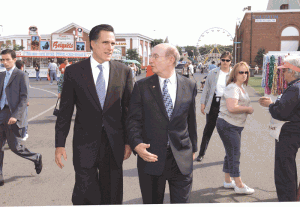
It took some doing, but Wayne McCary was finally able to coax a Big E visit out of of then-Massachusetts Gov. Mitt Romney.
“It was a creature of the state, and the state could no longer afford to subsidize its existence,” said McCary, noting that California is another state that has dramatically reduced its support for fairs. “And there are other fairs whose destiny is in harm’s way.”
McCary attributes the Big E’s longevity and continued growth to a number of factors, including everything from its six-state personality to its focus on the visitor experience, to a successful bid to lengthen the fair from 14 to 17 days in 1994.
The addition of that third weekend — a proposal twice rejected by officials in West Springfield before they approved it — has provided the fair with a needed cushion against revenue-sapping bad-weather days as well as a way to lessen what is still a considerable traffic burden on neighborhoods surrounding the Big E.
“The 17-day fair has helped put a much more solid economic foundation under the fair,” he explained. “It alleviated the worst traffic conditions and allowed for some moderate growth.”
Another key to the Big E’s financial success has been the ability to grow its book of business for events throughout the year to more than 120, although those numbers have been challenged in recent years by the opening of the MassMutual Center and other publicly supported venues.
Maintaining and growing that year-round business will be a challenging but necessary assignment in the years to come.
“We need to continue to be successful in attracting as many year-round events as possible,” McCary told BusinessWest. “The cost of sustaining the exposition can’t be driven solely by the revenues that come in during the Big E. As good as they are, as with every business, overhead here doesn’t shrink, and that will be a challenge going forward.”
Lengthening the fair and expanding the year-round side of the business have been two of many accomplishments he can cite during his tenure. Others include:
• Establishment of the Big E/West Springfield Trust, whereby 1% of the Eastern States Exposition’s gross revenues are contributed to the fund annually, with allocations made to worthy organizations and town projects; since the fund’s inception in 1994, contributions have totaled nearly $2.5 million;
• More than $36 million in capital improvements to the infrastructure and new facilities, including a new Equine Arena last year;
• Creation of the Big E Super Circus, with is seen by 80,000 fairgoers each year; and
• Many new innovations, including an authentic Mardi Gras parade and many international exhibits.
And as he talked about these developments, McCary stressed repeatedly that success in business is never the result of just one individual, and that is especially true with the Big E.
“The positive outcome that we have had is the result of the hard work of dedicated employees, volunteers, agricultural exhibitors, concessionaires, and entertainers,” he told BusinessWest. “I’ve always had tremendous respect for every individual who plays a role on the outcome of the exhibition — be it a ticket taker, a volunteer in Storrowton Village, a ride operator, shuttle bus driver, or a 4-H exhibitor; every single person’s contribution makes a difference.
“I’ve never seen my job as being more important than any other person’s as part of the fabric of producing this place,” he continued. “And that’s something I’ve tried to instill in everyone here; it takes a lot of people working together to make all this happen.”
State of the Eastern States
McCary is fond of saying that the Big E is “in the business of making memories.”
He’s referring to visitors and participants when he says that, but he has many of his own. They involve interaction with individuals and families, weather (good and bad), and specific episodes — everything from meeting a number of celebrity entertainers to being able to shake then-Massachusetts Gov. Mitt Romney’s hand at the fair — finally.
“We had to basically shame him into coming,” he said, noting that the presumptive Republican presidential candidate was by far the most reluctant Massachusetts governor when it came to making personal trips to the Big E, although he eventually stopped by near the end of his tenure.
And then, there was 9/11.
That day and the ones that followed (the fair was slated to open three days after the terrorist attacks) led to some of the most difficult decisions he had to make in his tenure. And with the benefit of hindsight, he can say that most all of them were made correctly.
“Planes weren’t flying for a few days; professional sports were shut down,” he said when recalling the time just after the attacks. “We had to make the decision whether we should open the exposition. Would it be appropriate? Would it be safe to open? Those were the questions we needed to answer.
“We had a lot of discussions with many officials in the six New England states, from the governors’ offices to security to police,” he continued, “and in the end the chairman of our board said, ‘it’s your call.’ We did decide, obviously, to go forward, and our thinking was that you didn’t have to come to the Big E, but you could if you wanted to. And I had a feeling that, perhaps because of the nature of the fair and its tradition, and being part of the culture of New England, that it might be able to contribute to the healing process.”
As it turned out, he was right.
More than 1 million people came to the fair, said McCary, adding quickly that, while there was a different feel than anyone had ever experienced there, the fair did indeed help people move on after the tragedy. “People wanted an opportunity to be with other people,” he went on. “I think the fair and its traditions exemplified the spirit of America; people were not willing to let what happened in New York compromise their life.”
Looking ahead, McCary said that he considers it part of his job description as president to see that the tradition of the Big E is handed down to the next generation of leadership, just as it was handed down to him.
Thus, he’s working closely with Cassidy, long-time Big E CFO, on transition issues, with the goal of a seamless transfer of control. Until his last day, June 26, he intends to continue what has been an ongoing process of passing on what he knows to those who will lead the Big E into the future.
“When you’ve had a career that’s spanned nearly 40 years here, most of what you’ve learned isn’t written down anywhere,” he explained. “You carry it with you, and I’m trying to share as much of that experience as I can with my successor and others in leadership here.”
McCary believes he’s handing over a Big E that, despite numerous challenges, is well-positioned for the future. He lists a number of positive attributes, including its traditionally strong entertainment lineups and ability to attract top talent, a first-class physical plant (“it’s old, but in great shape”), a highly respected professional staff, ongoing commitments from the six New England states to maintain and strengthen their participation along the Avenue of States, and devotion to the agricultural traditions that have been part of the show since the beginning.
“I believe this is an opportunity for a new generation to pick up the torch and build, hopefully, on what I’m leaving behind,” he explained. “There will be new ideas, new challenges, and different approaches; it’s important to keep any company healthy and prosperous going forward.”
Overall, he believes that, if the Big E can continue to provide the quality visitor experience it has historically, while also remaining on firm financial footing, it should remain viable decades into the future.
“To borrow that old Coke slogan — this is the real thing,” he said of the fair experience in general and the Big E in particular. “It’s a family destination, and there’s only a few remaining.”
And even at a time of unparalleled competition for individuals’ time — be they adults or children — McCary believes there will always be room for the fair.
“Our lifestyle today is such that so much of it is computerized and electronic, and quite often, people don’t even have a chance to socialize in the workplace — a lot of people work from home,” he explained. “But there is still something within most of us; we want to get out and touch things and smell things and be part of something. And the fair can bring all those things together, and that’s why 1.2 million people come here in September — they like the excitement, and they like the diversity.”
Eyes on the Prize
McCary is due to become a grandfather for the first time in a few weeks. That’s just one of many things he’s looking forward to as he hands over the reins. “My wife [Annette] and I are looking forward to doing more of the things we want to do, as opposed to things we have to do.”
And he’ll be transitioning to the next stage of his life with few, if any, regrets and a great deal of gratitude for what he’s been able to do professionally.
“Not many people have the luxury of working at something for most of their career that they have a passion for,” he said. “I’ve clearly had that luxury; it’s been a 40-year adventure.”
And this fall, he’ll have another luxury — a chance to relax and eat his way through the fair like everyone else.
George O’Brien can be reached at [email protected]



